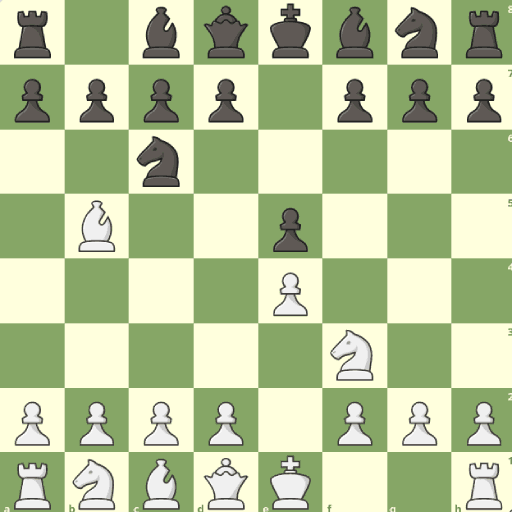Removing the Defender
In the dynamic world of chess, gaining an advantage often hinges on exploiting weaknesses in your opponent’s position. A crucial tactic for achieving this is removing the defender. This concept revolves around identifying and eliminating pieces that are protecting valuable squares or other pieces on the board.
Understanding the Defender’s Role
Imagine a chessboard where a vital piece, like a queen or rook, is under attack. The defender acts as a shield, absorbing the threat and keeping the valuable piece safe. This defender could be any piece, but most commonly it’s a knight, bishop, or rook.
Capturing the Defender
The most straightforward way to remove the defender is by capturing it. This tactic often takes the form of a piece exchange. You sacrifice a piece of lesser value (typically a knight or bishop) to capture the defender, leaving the previously protected piece vulnerable.
Here’s an example:
Position: White’s bishop attacks the black knight on f6. However, the black rook on h6 defends the knight.

Removing the Defender puzzle on lichess
Move: White plays bishop takes knight (Bxf6). Black is forced to recaptureit with one of the pawns. Now, White can capture the pawn on e5 which is not defended.
While this example may seem like white will be a pawn up after these exchanges but it will only be momentary.
1. Bxc6 dxc6
2. Nxe5 Qd4Now, white has to give up his central pawn to the Queen.
Ok then, what was the point of this example? Well, this example is probably seen by all chess players who have played Ruy Lopez.
While it explains the topic, it also shows that some tactics can backfire if not calculated well.
Overloading the Defender
Another way to remove the defender is by overloading it. This tactic involves creating a situation where the defending piece is forced to move away from its protective duty to address a more immediate threat.
Here’s an example:
Position: White’s Knight and Bishop are attacking the black Black Bishop and Knight respectively. The pawn on e6 is defending both the pieces.

Removing the Defender puzzle on lichess
Move: White plays knight takes Bishop (Nxe5). This move makes black to re-capture with the pawn on d6 and thus removing the defender of its Knight on f5.
1. Nxd5 exd5
2. Bxf5Overloading the defender can also involve creating a double threat, where the attacking move not only captures the defender but also threatens another valuable piece simultaneously. This forces your opponent to choose which threat to address, potentially leaving them in a worse position.
Importance of Removing the Defender
The concept of removing the defender is a fundamental tactic in chess. It allows you to:
- Gain Material Advantage: By capturing the defender or exploiting its movement, you can win valuable pieces and tilt the material balance in your favor.
- Expose Weaknesses: Removing the defender often exposes critical squares or vulnerable pieces, creating opportunities for further attacks.
- Checkmate the King: In some situations, removing the defender can open a path for a checkmating attack on your opponent’s king.
Practice Makes Perfect
Developing your ability to identify and exploit removing the defender opportunities is crucial for chess improvement. Here are some ways to practice:
- Solve Tactics Puzzles: Many online chess resources offer puzzles specifically focused on removing the defender motifs.
- Analyze Master Games: Study games played by chess masters, paying close attention to how they utilize this tactic to gain an advantage.
- Play Chess Regularly: The more you play, the more you’ll develop an intuition for spotting these opportunities in real game situations.
By mastering the art of removing the defender, you’ll become a more potent chess player, capable of exploiting weaknesses and creating winning opportunities on the board.
Removing the Defender Puzzles